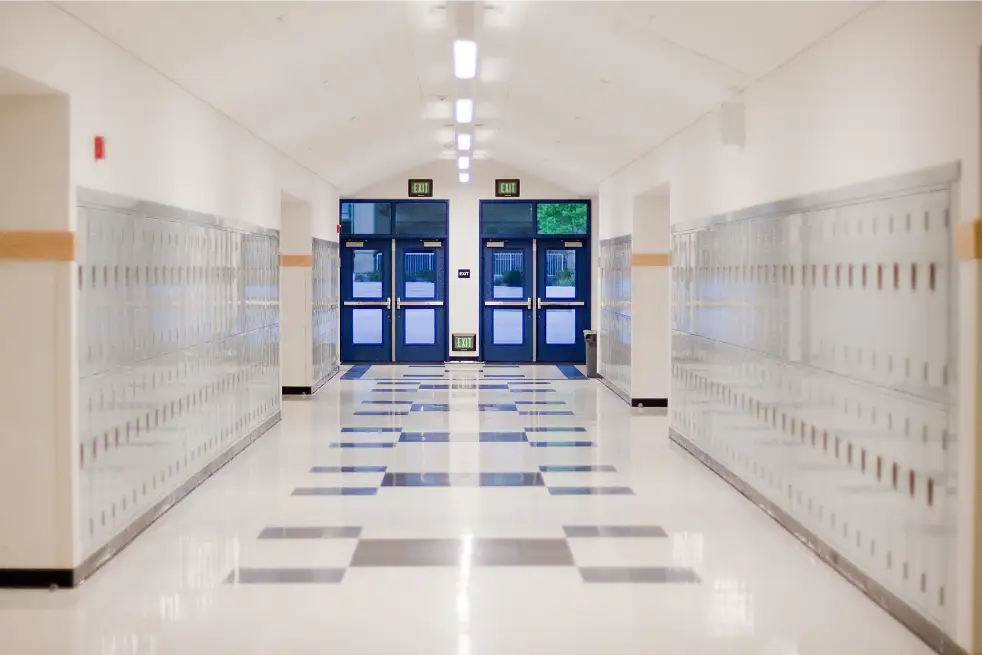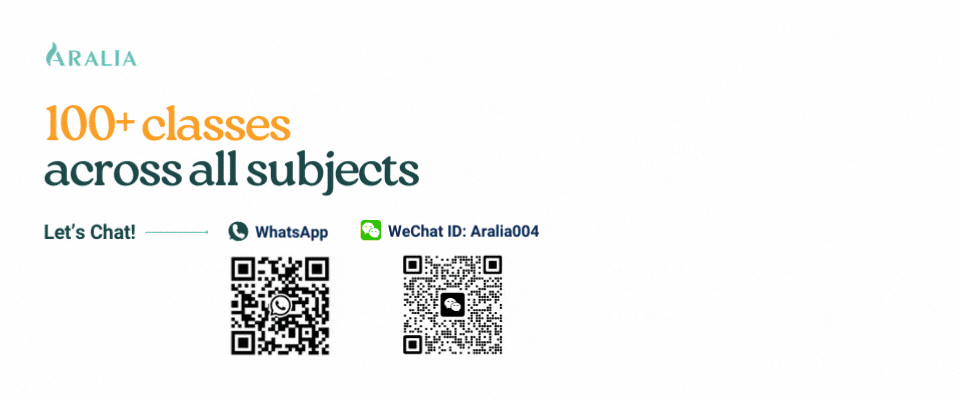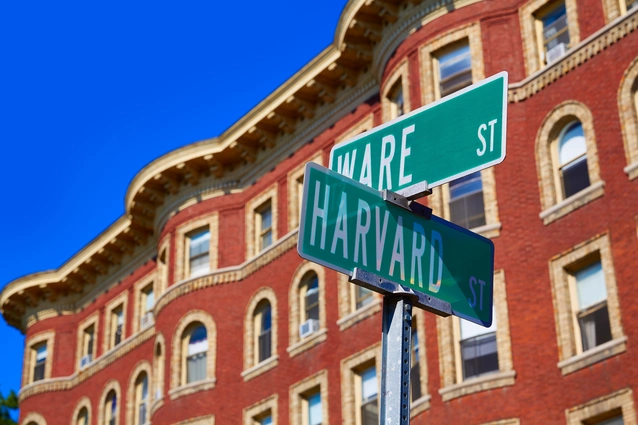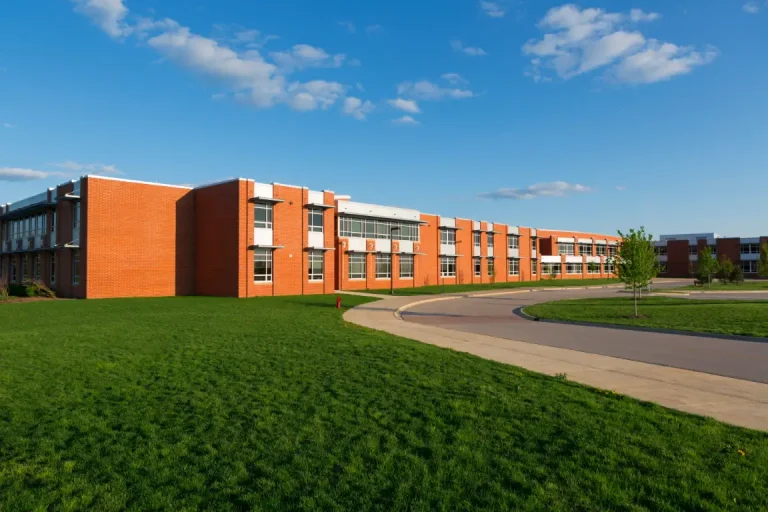Aralia Connects Top U.S. Teachers with Students
Aralia’s teachers have at least 8 years of teaching experience at leading high schools and universities. Our instructors are dedicated to delivering high-quality preparation programs for international competitions, helping students win prestigious awards.
According to Forbes, these universities are attracting some of the nation’s most accomplished students and producing graduates who often outperform those from the traditional Ivy League, according to leading employers. In doing so, they are redefining prestige—not through centuries of legacy, but through measurable academic excellence, selectivity, and career outcomes.
What Are the “New Ivies”?
“New Ivies” refers to universities demonstrating elite academic standards comparable to or even exceeding those of traditional Ivy League institutions. The 2025 list includes public and private universities that have become magnets for high-achieving students across the country.
How Did Forbes Choose the “New Ivies”?
The article is written by Emma Whitford, a Forbes staff writer who focuses on covering business, finance, and technology in the K-12 and higher education.
To select the universities, she employed a multi-step process that combined quantitative data with qualitative insights from corporate leaders nationwide.
The ranking began with data from the National Center for Education Statistics (NCES) and focused on four-year, degree-granting public and private nonprofit universities in the United States.
The Forbes writer excluded 8 Ivy League universities: Brown, Columbia, Cornell, Dartmouth, Harvard, the University of Pennsylvania, Princeton, and Yale; and 4 “Ivy Plus” schools: Stanford, MIT, Duke, and the University of Chicago.
To be considered for the list, universities had to meet three criteria:
- Enrollment Size: Private universities must enroll at least 3,500 students, and public universities at least 4,000 students.
- Selective Admissions: Private universities must have an acceptance rate below 20%, while public universities can have an acceptance rate below 50%.
- Standardized Test Scores: Private universities are required to maintain median SAT scores of 1530 and ACT scores of 34, while public universities must have median scores of 1410 and 32, respectively.
Notably absent from the list are the prestigious institutions in the University of California system, including UC Berkeley and UCLA. Despite their academic excellence, these schools were excluded due to the unavailability of standardized test score data, a key component of the selection process.
Public Universities on the Rise
The 10 public universities that earned a spot on the 2025 “New Ivies” list represent diverse geographic and academic cross-sections of the country. Each institution has demonstrated exceptional academic standards, competitive admissions, and growing prestige among students and employers.
Notably, Purdue University, the United States Military Academy (West Point), the University of Pittsburgh, and William & Mary are newcomers to this list. Their debut reflects increasing recognition of their academic rigor, student outcomes, and employer satisfaction.

Purdue University
Tuition: $9,992 for in-state and $28,794 for out-of-state students
Undergraduate Enrollment: 39,170
Acceptance Rate: 50%
U.S. News Ranking: #46 in National Liberal Arts Colleges
Located in West Lafayette, Indiana, Purdue University is a leading public research institution renowned for its engineering excellence and innovative education. The university maintains robust partnerships with Fortune 500 companies and supports one of the nation’s most extensive co-op and internship networks, providing students with direct pathways to high-impact careers in aerospace, artificial intelligence, cybersecurity, and pharmaceutical sciences. Its alumni community features astronauts, pioneering technologists, and influential business leaders.
The United States Military Academy (West Point)
Tuition: Free
Undergraduate Enrollment: 4,508
Acceptance Rate: 14%
U.S. News Ranking: #8 in National Liberal Arts Colleges
West Point received the highest employer rating among all public “New Ivies”, underscoring its longstanding reputation for leadership training, discipline, and academic excellence. Employers across various industries see West Point graduates as exceptionally prepared for high-responsibility roles, often outperforming peers from more widely recognized private institutions.
The University of Pittsburgh
Tuition: $21,926 for in-state and $41,430 for out-of-state students
Undergraduate Enrollment: 24,570
Acceptance Rate: 49%
U.S. News Ranking: #70 in National Universities
Founded in 1878, the University of Pittsburgh is one of the oldest higher education institutions in the country and a public research university located in Pittsburgh, Pennsylvania. The university is well known for its health sciences, engineering, business, computer science, and philosophy programs. It emphasizes innovation and interdisciplinary collaboration and is home to several world-class research centers. The university partners with the nearby University of Pittsburgh Medical Center (UPMC), one of the nation’s top academic medical centers.
William & Mary
Tuition: $26,019 for in-state tuition and fees and $50,752 for out-of-state tuition and fees
Undergraduate Enrollment: 6,887
Acceptance Rate: 33%
U.S. News Ranking: #54 in National Universities
The College of William & Mary was founded in 1693 and is the second-oldest college in the U.S., just behind Harvard (1636). Though a public institution, it has historic roots, rigorous academics, and a tight-knit campus community. Forbes highlighted it as the most “Ivy-like” among the 10 public “New Ivies”—a nod to its elite liberal arts focus, small class sizes, and long-standing tradition of excellence.
Want to Improve Your GPA in Middle School or High School?
The Rise of the Private “New Ivies”
10 private universities have emerged on Forbes’ 2025 “New Ivies” list. These institutions match or even surpass traditional Ivy League schools in terms of academic excellence, career outcomes, and employer reputation. This year marked the first appearance of several schools quickly gaining national prestige, including Tufts University and Washington University in St. Louis.
Tufts University
Tuition: $92,167 for tuition and fees
Undergraduate Enrollment: 6,877
Acceptance Rate: 10.5%
U.S. News Ranking: #37 in National Universities
Located just outside Boston, Tufts University is known for its strong pre-med program, cutting-edge computer science, and globally-oriented international relations major.
Its alumni network includes influential figures such as Pierre Omidyar, founder of eBay, and Jamie Dimon, CEO of JPMorgan Chase. With growing interest from applicants and employer recognition, Tufts is firmly establishing itself as a private school powerhouse.
Washington University in St. Louis (WashU)
Tuition: $68,240
Undergraduate Enrollment: 8,132 students
Acceptance Rate: 12%
U.S. News Ranking: #21 in National Universities
Washington University in St. Louis (WashU) is also entering the “New Ivies” list for the first time. It is an elite research university highly regarded for its pre-med curriculum, business education, and interdisciplinary research culture. WashU consistently ranks among the top schools for student satisfaction and medical school admissions.
Its investment in student-centered learning, modern campus facilities, and strong alumni engagement positions the university as a top destination for high-achieving students seeking intellectual challenges and professional development.
The Shift Toward “New Ivies”
Ivy League universities have long been the dream of many students due to the career and job prospects they offer after graduation. Graduates from Ivy League schools are often highly sought after by top corporations and businesses in the United States. However, recent data suggests that this perception has shifted in recent years.
Alongside its list of 20 “New Ivies”, Forbes also published results from a survey of nearly 400 senior executives. According to the findings, 37% of vice presidents and business managers agreed that their companies’ interest in hiring Ivy League graduates has declined over the past five years, a 5% increase compared to the 2024 survey.
Why This Shift Is Happening
Could the “New Ivies” be the new trend in the U.S.? The college admissions data for the 2025 academic year reflects growing student interest in these universities. Some institutions, like Vanderbilt University, even recorded lower acceptance rates for 2025 than certain Ivy League schools.
The rise of the “New Ivies” can be attributed to several interconnected factors. Increasing tuition costs and low acceptance rates at traditional Ivies have led students to look elsewhere for academic rigor and return on their investment. At the same time, employers are focusing more on skills, internship experience, and outcomes rather than the school’s name alone. Institutions that invest in experiential learning, faculty mentorship, and career development are quickly rising to the top.
Examining career placement statistics, a growing number of “New Ivies” institutions are posting job placement rates and median salaries that are on par with or exceed those of Ivy League schools. For instance, William & Mary’s Class of 2023 boasts a 94% job placement rate within six months of graduation, while WashU graduates see median starting salaries over $72,500.
In the 2025 admissions cycle, the number of applicants to some Ivy League universities shows signs of decline. That trend is expected to continue next year due to these ongoing changes in the U.S. education system.
We hope Forbes’ list of “New Ivies” can offer students a novel perspective on universities that rival the Ivy League in terms of quality, and help them make the most informed decision when choosing a college in the future.
Related Reading: Beyond the ”New Ivies”
Curious about other “Ivy” alternatives and how they stack up? Explore these related concepts:










